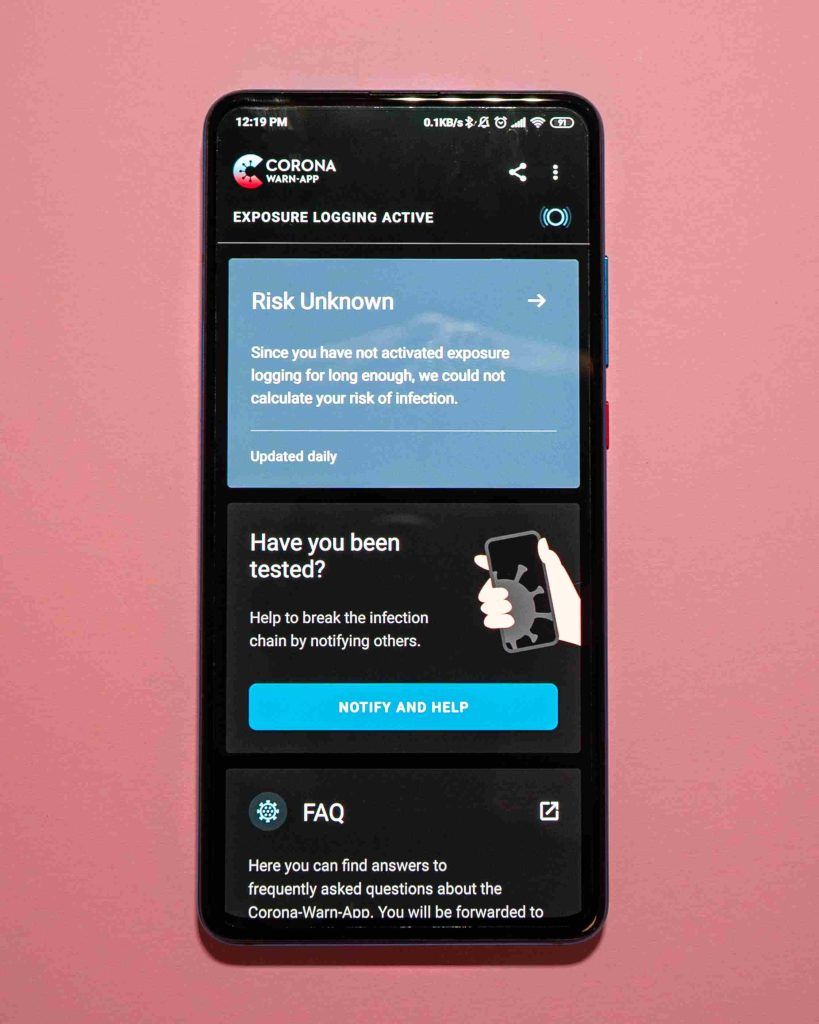Cybercrime continues rising, with hackers growing more sophisticated. Organizations suffer over $4 million in average breach costs. But many attacks exploit known vulnerabilities that could’ve been detected and closed through cybersecurity testing.
This guide examines must-have testing methods that help lock down defenses before criminals infiltrate your systems. Combine multiple techniques for layered visibility into risks.
Table of Contents
Here Are Different Types of Cybersecurity Testing Methods:
Vulnerability Scanning: The Foundation

Vulnerability scanning provides the baseline for cybersecurity testing. Network scanners like Qualys and Nessus automatically detect misconfigurations and known software flaws across IT environments. This reveals opportunities attackers could leverage to breach defenses.
Scans check networks, endpoints, web apps, clouds, containers, and more for vulnerabilities documented in databases like CVE. While scans won’t exploit flaws, they identify risks needing remediation.
Regularly scheduled scans are essential. New threats and forgotten systems can introduce fresh weaknesses. Widespread Log4j flaws exemplify risks when systems aren’t scanned.
Ideally, scan results integrate with threat intelligence and patch management to rapidly mitigate risks through the vulnerability lifecycle. Cyber hygiene starts with continuous vulnerability scanning.
Pen Testing: Simulating Real Attacks
Vulnerability scanning reveals risks, but doesn’t confirm which are exploited in real attacks. This is where penetration testing comes in. Pentests simulate how actual hackers would breach defenses using latest techniques.
Ethical pentesters target infrastructure, endpoints, web apps, cloud, APIs, wireless networks, and users via social engineering. Successful intrusions demonstrate tangible impacts of unresolved flaws.
Internal red teams provide continuous testing, while independent pentests give unbiased insights. Tests combine automated scanning with manual hacking based on real adversary methods. Multistage attacks reveal the depth of access infiltrators can achieve.
Regular penetration testing exercises security team responses and cyber crisis planning when defenses are penetrated. Pentests demonstrate what needs fixed most urgently before actual attackers succeed.
Static Analysis: Nipping Flaws in the Code
For internally developed software, baking in security begins with static application security testing (SAST). SAST analyzes application source code to uncover vulnerabilities introduced during coding like injection flaws, buffer overflows, and data exposure.
Tools like Synopsys, Checkmarx, and WhiteHat scan code for weaknesses using techniques like taint analysis and data flow analysis. This enables developers to resolve issues early, before apps reach production.
Integrating SAST into CI/CD pipelines like GitHub actions provides real-time feedback on code commits to maintain secure DevOps. Legacy software also warrants scans during updates see our IT engineering services for help implementing SAST
Runtime App Testing: Attacking Live Apps

Where SAST evaluates dormant code, dynamic application security testing (DAST) examines production applications. DAST tools like Burp Suite and OWASP ZAP attack running web apps and APIs to detect flaws such as SQL injection, cross-site scripting (XSS), path traversal, and more.
DAST crawls through sites while manipulating inputs and sessions to cover expansive attack surfaces. Fuzzing overwhelms apps with random data to trigger failures that could indicate vulnerabilities.
Pairing DAST with SAST combines code analysis and live testing to find risks like unvalidated inputs that static scanning alone may miss. Continuous DAST provides ongoing assurance as apps evolve.
Testing Users: The Human Element
Beyond technology, cybersecurity defense involves enabling users to identify threats targeting them. Social engineering testing evaluates employee susceptibility to attacks like phishing, pretexting, and USB drops that could trick users into compromising access.
Ethical social engineering services simulate realistic attack scenarios. Phishing emails impersonate common contacts like IT departments with fake password reset links. Physical USB drives contain malware.
By showing users what threats look like in the wild, organizations can improve security awareness and preparedness. Those caught by tests receive additional anti-phishing education to recognize and report attacks.
Compliance & Posture: Assessing Overall Maturity
While the above methods focus on technical risks, audits assess broader organizational security. First, security scanning tools like Rapid7, Qualys and IBM check for compliance lapses in access controls, data protection, infrastructure security, and endpoint protection based on policies, regulations, and frameworks like the CIS Controls.
Annual audits expand on this by thoroughly evaluating security program management, governance, staffing, technologies, policies, training, and incident response preparedness. Auditors benchmark practices against standards like NIST or ISO 27001.
Together, scanning and audits reveal policy, process, and technical gaps demanding attention. They provide assurance that security practices adhere to regulations and exhibit due diligence.
Prioritizing What Matters Most

With so many testing options, where do organizations start? Begin by scanning for basic vulnerabilities, then expand to high risk areas like web apps or user security. As program matures, move to comprehensive testing and audits.
Tools like RiskRecon and RiskVision overlay vulnerability data with threat intelligence to calculate risks warranting priority. Focus resources on fixes delivering maximum risk reduction See this guide to patch management for more on prioritizing patches..
Testing Evidence: The Proof is in the Reports
In the event of a breach, testing provides evidence of security diligence for regulators and customers. Reports demonstrate vulnerabilities detected and addressed prior to incidents. They prove security teams took reasonable steps to prevent attacks.
Testing offers a clear roadmap for strengthening defenses against growing threats. But it requires budgeting time and resources. The result of safer systems and data is well worth the investment. Don’t wait for disaster before assessing preparedness.
Get started with an assessment. Our experts are here to size up current maturity and build a testing strategy that fits your needs. Let us help you gain the visibility you need to lock cybercriminals out.
Conclusion
Cyber threats will continue to evolve, but robust cybersecurity testing provides the visibility and agility organizations need to keep defenses aligned with emerging risks. By implementing a layered testing program encompassing vulnerability management, penetration testing, application security, user education, compliance audits and ongoing risk analysis, companies can identify and close security gaps before they turn into breaches.
Testing takes time, resources and buy-in across IT, security and development teams. But the alternative of waiting for an inevitable attack invites disastrous consequences. With the right security testing portfolio tailored to your organization and integrated into processes, you can stay steps ahead of cybercriminals – gaining proof your defenses will hold up when put to the test. Don’t wait for a crisis to assess the strength of your armor. With proactive testing, you can tackle challenges on your own terms.
FAQ’s
Three core types of security tests include:
Penetration Testing – Simulating cyber attacks to exploit vulnerabilities.
Vulnerability Scanning – Automatically scanning networks and systems to uncover risks.
Social Engineering Testing – Evaluating human susceptibility to manipulation via phishing, pretexting etc.
The 5 main phases of security testing are:
1 Planning – Determine scope, objectives, timeline, resources needed.
2 Discovery – Gather information on target systems through reconnaissance.
3 Attack – Actively exploit vulnerabilities using hacking techniques.
4 Reporting – Document findings, analysis, remediation advice.
5 Re-testing – Validate fixes to confirm vulnerabilities closed.
Key types of security testing include:
Penetration Testing
Vulnerability Scanning
Static Application Security Testing
Dynamic Application Security Testing
Mobile App Security Testing
Social Engineering
Red Teaming
Infrastructure Security Scanning
Security Audits and Posture Assessments
Risk Assessments
The core testing categories include vulnerability scanning, penetration testing, application security testing (static & dynamic), social engineering testing, security audits and posture assessments, and risk assessments. Each serves a different purpose from identifying software flaws to evaluating preparedness.
Internal audits tap internal staff knowledge but can miss some threats visible to third-party auditors bringing unbiased perspectives. External audits provide validation but may lack internal context. A blended approach provides a thorough review.
Penetration testing demonstrates real risk levels by exploiting vulnerabilities through hands-on hacking. It exercises incident response and documents the impacts of unpatched flaws. Tests validate which vulnerabilities are most dangerous in real attacks.

